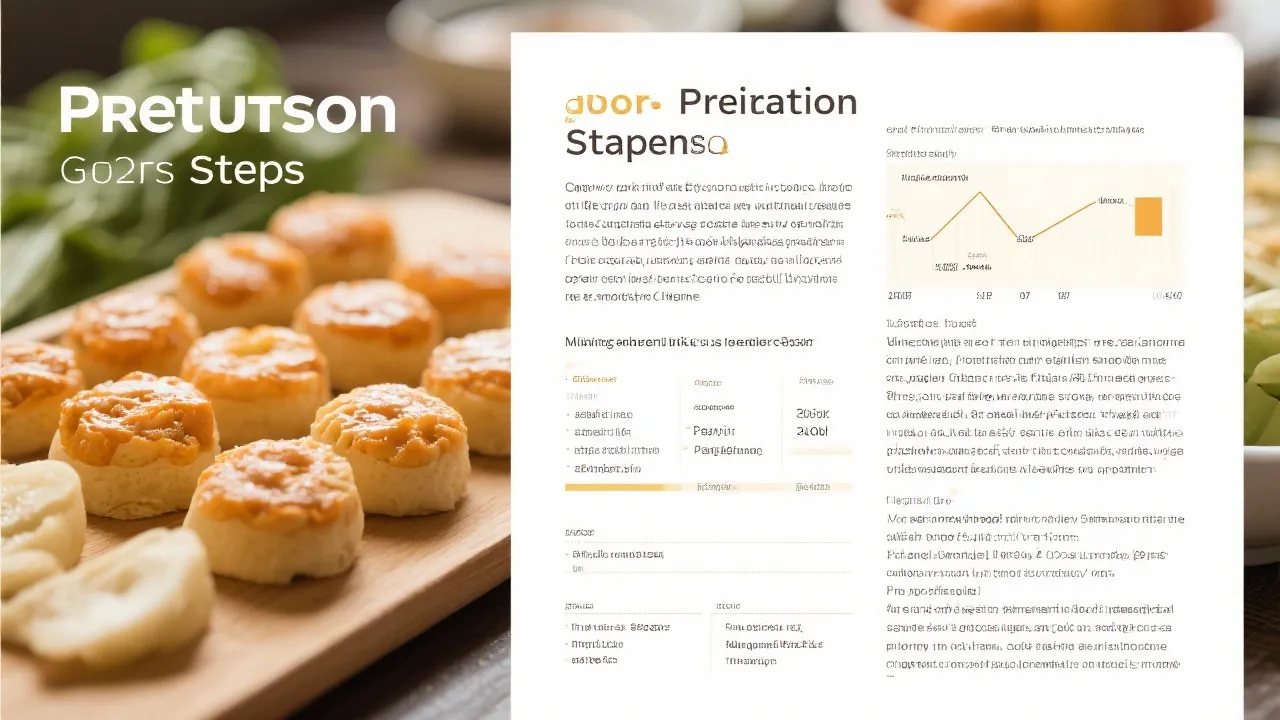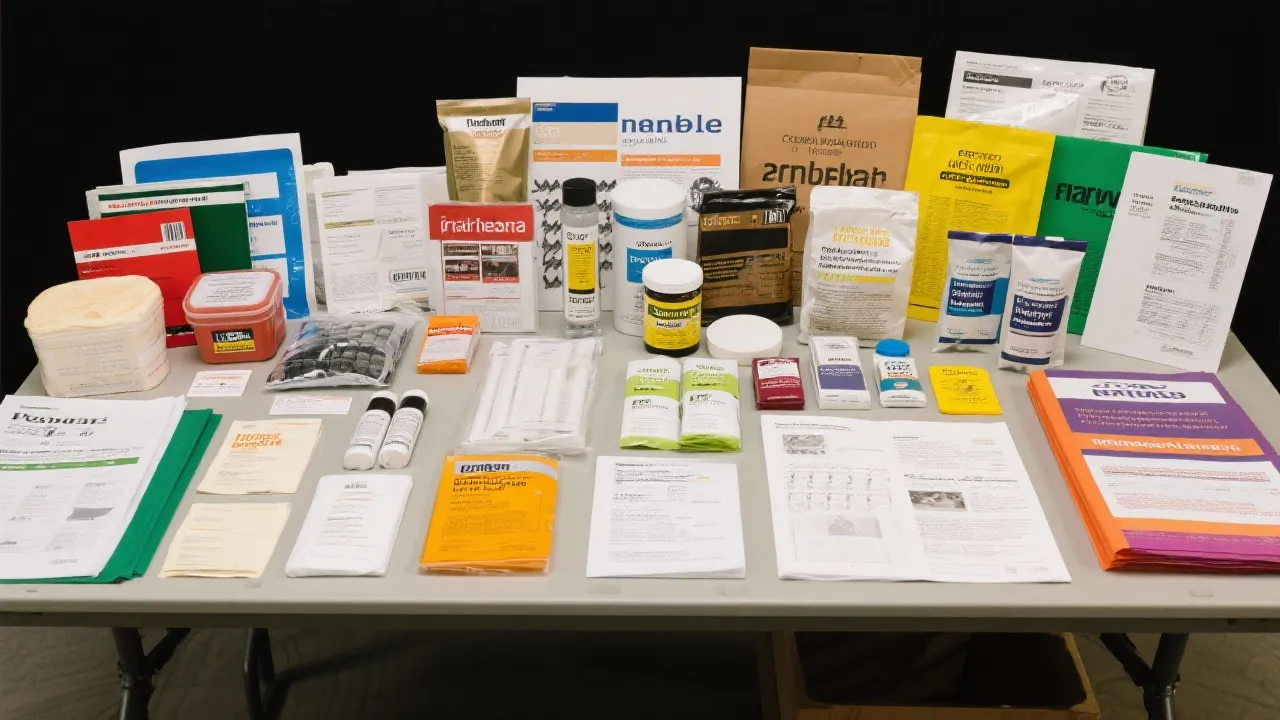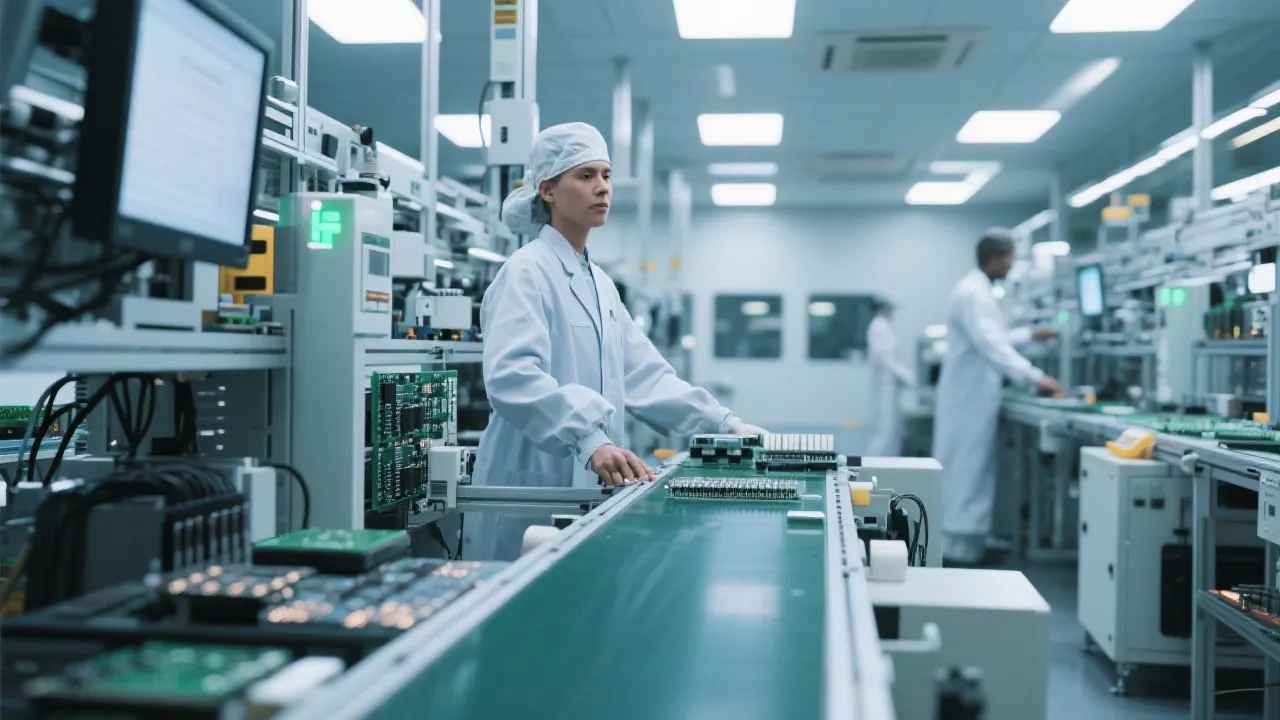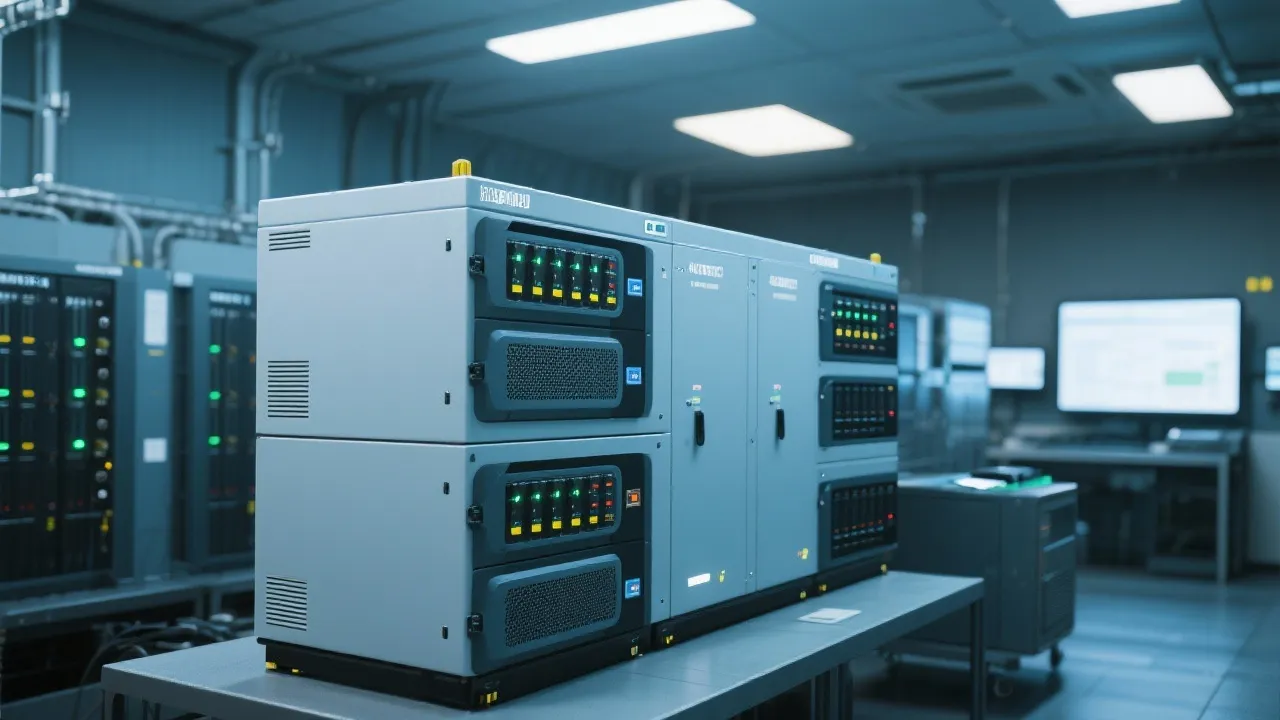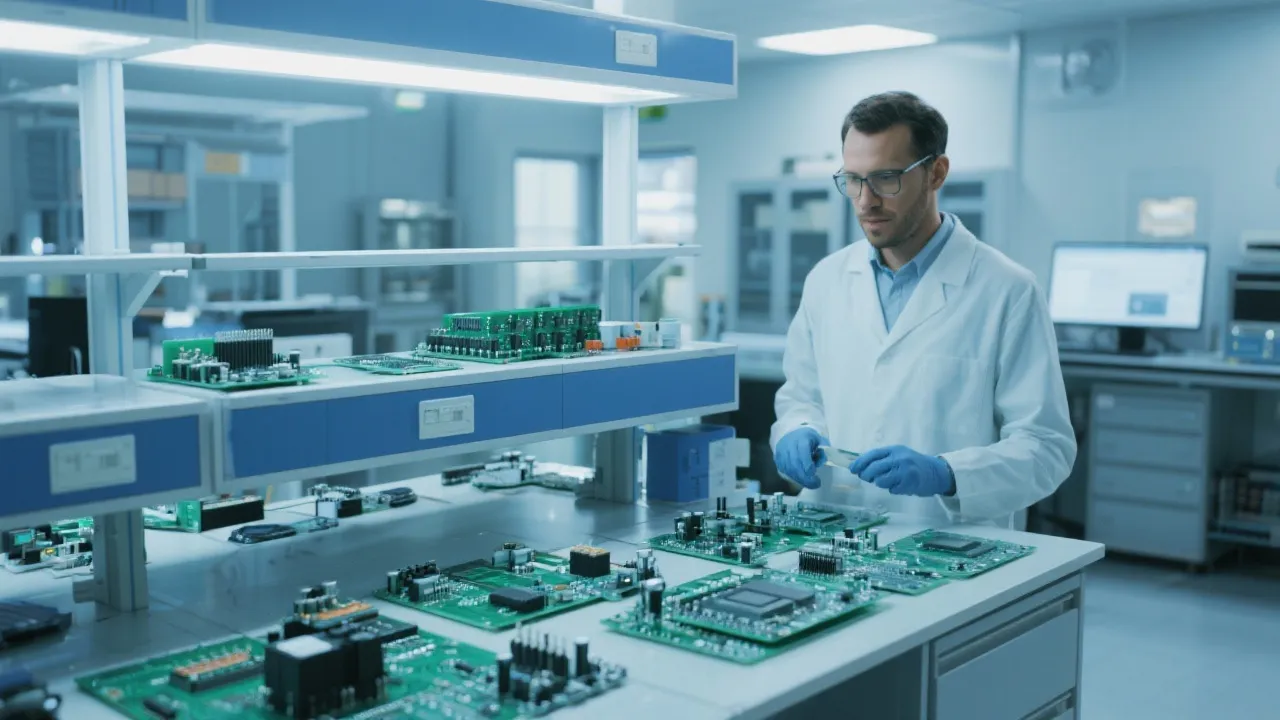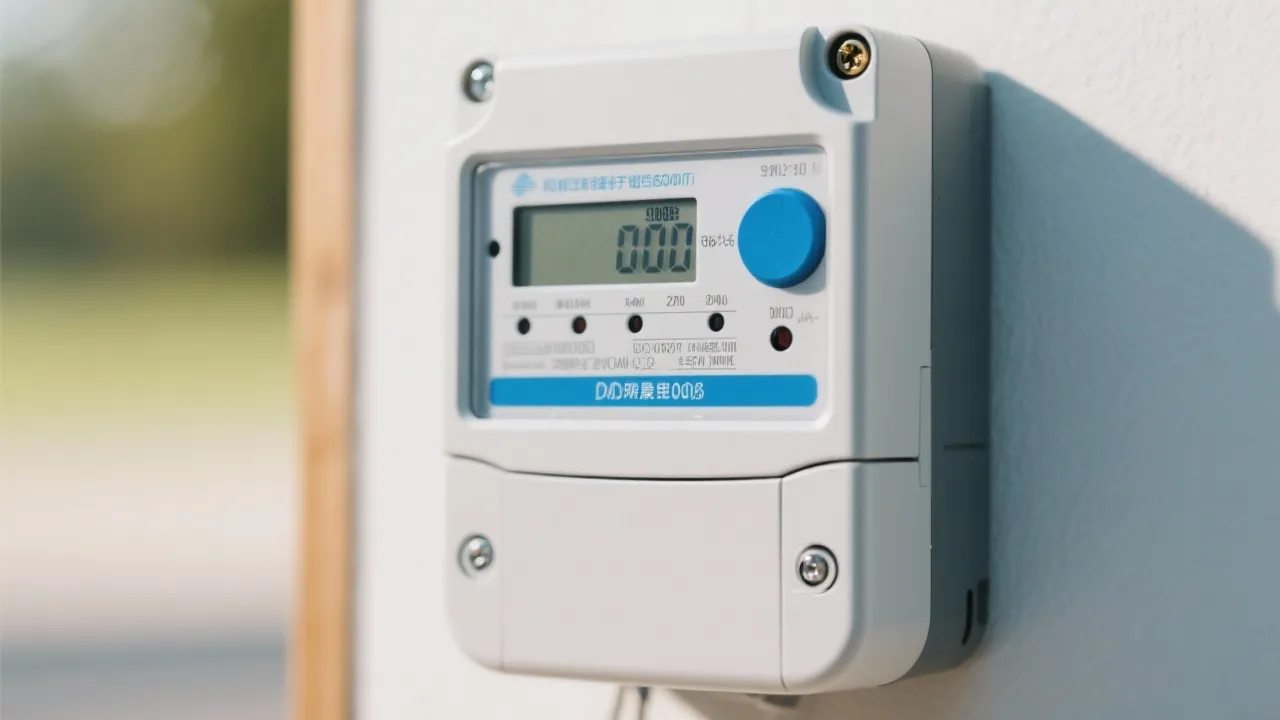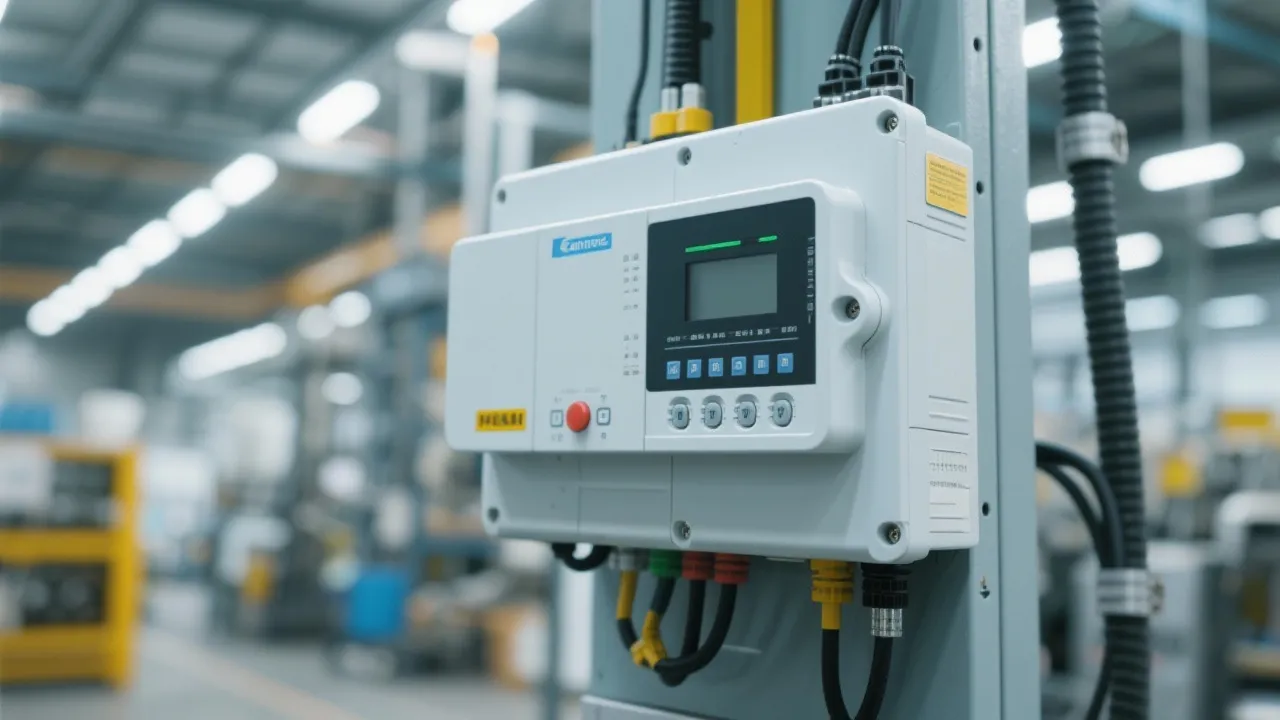Understanding Capillary Viscometers
A capillary viscometer is an essential laboratory instrument used for measuring the viscosity of liquids. This device plays a significant role in research and industrial applications by assessing fluid resistance and flow characteristics. Understanding its functions, types, and usage conditions can enhance precision in scientific endeavors, making it indispensable for quality control and analysis.
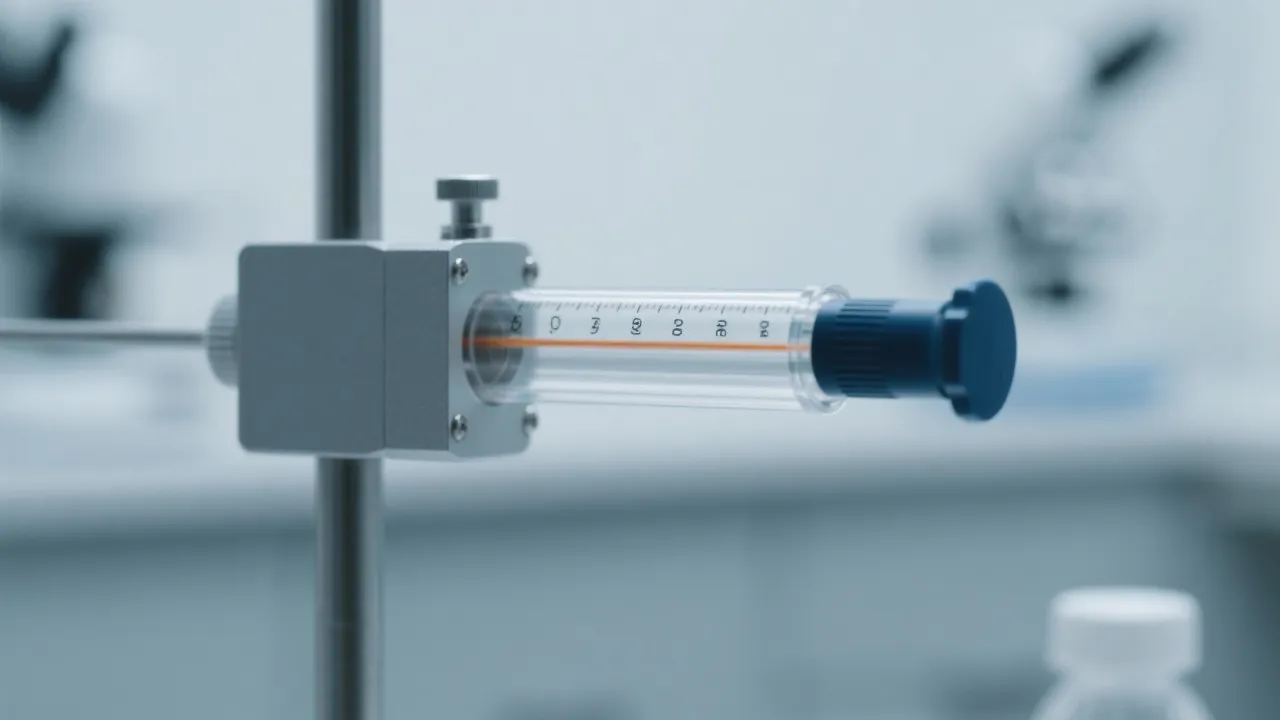
Introduction to Capillary Viscometers
Capillary viscometers, also known as glass capillary viscometers, are fundamental tools in both industrial and laboratory settings for measuring the viscosity of liquids. Viscosity, the measure of a fluid's resistance to deformation or flow, is a critical parameter in fields ranging from petrochemical to pharmaceutical. Understanding the operation, advantages, and types of capillary viscometers can empower professionals to make informed decisions about their applications. Whether it involves quality control in manufacturing processes or research in academic laboratories, a comprehensive grasp of how capillary viscometers function is essential to achieving accurate and reproducible results.
The Science of Viscosity Measurement
Viscosity is crucial in determining how substances behave under different conditions, affecting product quality and process efficiency. The capillary viscometer operates on the principle that the flow of a liquid through a thin tube, or capillary, is proportional to the liquid's viscosity. By measuring the time it takes for a fluid to pass between two marks, this instrument provides an accurate assessment of viscosity. The science behind this lies in fluid dynamics and the understanding of laminar versus turbulent flow, where capillary viscometers typically measure the viscosities of fluids under laminar flow conditions, ensuring that the flow is smooth and predictable.
The Importance of Viscosity in Various Industries
Understanding viscosity is particularly vital in many industries, including:
- Petroleum and Petrochemical: Viscosity directly influences the flow of crude oil and its various fractions during extraction, refining, and transportation.
- Pharmaceuticals: Drug formulations must maintain specific viscosities to ensure proper delivery using various administration methods, such as injections or oral solutions.
- Food and Beverages: The texture, mouthfeel, and stability of food products are heavily reliant on viscosity measurements, impacting consumer satisfaction.
- Cosmetics and Personal Care: Emulsions in lotions and creams require stability and appropriate viscosity to ensure user acceptance and product performance.
Identifying and controlling viscosity enhances product consistency and functionality across these applications, making viscosity measurement an integral aspect of product development and quality assurance.
Types of Capillary Viscometers
Several types of capillary viscometers are tailored to specific needs:
- U-tube Viscometers: Ideal for simple viscosity measurements, these are often used in educational and basic industrial settings. The U-shaped tube allows liquids to flow through in both directions, making it a straightforward method for viscosity determination.
- Ostwald Viscometers: Designed for more precise measurements, useful in testing low viscosity fluids. A typical Ostwald viscometer has two marks to measure the time of fluid flow, offering a reliable technique for conducting viscosity tests.
- Cannon-Fenske Routine Viscometers: Common in laboratories with operations focusing on oils and fuels. This type of viscometer employs a larger capillary than the Ostwald, allowing it to measure higher viscosity liquids efficiently.
- Ubbelohde Viscometers: Known for accommodating varying temperatures without altering the volume of the liquid, these are preferred in demanding research environments. The Ubbelohde design includes a bulb that helps maintain a constant liquid volume, making it suitable for viscosity measurements across different temperatures.
Each type serves a unique purpose, which can guide users in selecting the most appropriate viscometer for their specific applications and requirements.
Using a Capillary Viscometer
To effectively use a capillary viscometer, one must adhere to specific guidelines to ensure precise measurements:
- Calibrate the viscometer to align with the fluid's expected viscosity range. This may include using standard reference fluids to create a calibration curve.
- Ensure the viscometer is clean and free from any residues that may affect readings. Proper cleaning techniques can include rinsing the viscometer with solvents compatible with the liquid being measured.
- Maintain the fluid's temperature consistently, as viscosity can be temperature-dependent. Usage of temperature-controlled baths can help in achieving accurate viscosity measurements.
- Account for the density of the liquid, particularly when measuring non-Newtonian fluids. Utilizing density correction factors can improve the precision of viscosity results.
Performing these steps meticulously can significantly reduce measurement errors and support more reliable viscosity evaluation outcomes.
Comparison of Capillary Viscometers
| Type | Top For | Temperature Sensitivity |
|---|---|---|
| U-tube | Basic industrial and educational use | Moderate |
| Ostwald | Low viscosity fluids | High |
| Cannon-Fenske | Oils and fuels | Low |
| Ubbelohde | Research with varying temperatures | Variable |
Conditions and Requirements for Accurate Measurements
For precise results, a controlled environment is pivotal. Ensure the following requirements are met:
- Steady room temperature, ideally facilitated by a thermostat. Fluctuations in temperature can lead to significant errors in viscosity measurements, as most fluids experience changes in their viscosity as a function of temperature.
- Stable surface to prevent vibrations affecting the measurement process. Using vibration isolation tables can minimize disturbances during the viscosity measurement.
- Adherence to manufacturers' instructions for cleaning and maintenance routines. Regular checks and calibrations can prolong the life of the viscometer and improve its accuracy.
Establishing a structured approach to measuring viscosity will enhance accuracy and reliability, ultimately leading to better quality control and research outcomes.
Common Applications of Capillary Viscometers
Capillary viscometers are indispensable in many applications across various industries, tackling challenges related to viscosity measurement:
1. Quality Control
In manufacturing, especially in the production of fluids such as lubricants, paints, and coatings, maintaining viscosity within specified ranges is critical to ensure product performance. Regular viscosity measurements can catch fluctuations that may indicate issues with the production process, such as contamination or degradation of materials.
2. Research and Development
Capillary viscometers are widely utilized in R&D labs to study new formulations and products. By experimenting with different ingredients and their concentrations, researchers can ascertain the impact on viscosity, which is vital for product stability and performance.
3. Compliance and Regulatory Standards
Many industries face stringent regulations regarding product specifications, including viscosity. For example, in the food industry, viscosity measurements can determine the proper consistency of sauces or dressings, which influences consumer acceptance and product labeling requirements. Thus, capillary viscometers facilitate compliance with these standards by providing accurate and reliable viscosity evaluations.
4. Tuning Manufacturing Processes
In sectors such as plastics and polymers, viscosity measurements allow manufacturers to monitor and tune extrusion processes, surface finish, and product yield. Adjusting the viscosity of polymer melts can optimize processing on extrusion lines, ensuring efficient production while minimizing waste.
5. Custom Formulations
Companies creating specialized fluids, such as hydraulic oils or antifreeze, can utilize capillary viscometers to achieve desired performance characteristics. By measuring viscosity accurately, formulators can tailor fluids to specific applications, enhancing their effectiveness and longevity.
FAQs about Capillary Viscometers
What are the main applications of capillary viscometers?
They are widely used in quality control, product development, and research across industries such as oil and gas, pharmaceuticals, and food and beverages.
Can capillary viscometers measure non-Newtonian fluids?
Yes, but additional parameters such as shear rate may need to be accounted for to ensure accurate results. Non-Newtonian fluids exhibit viscosity changes depending on the shear rate applied, and thus specific methods or adjustments may be necessary for accurate readings.
How do I choose the right capillary viscometer for my needs?
Consider the viscosity range of your liquids, the required precision, and whether temperature sensitivity is a factor in your measurements. Selecting a viscometer that aligns with your operational needs will yield more accurate and meaningful data.
What maintenance is required for capillary viscometers?
Regular cleaning with appropriate solvents, periodic calibration using standard fluids, and inspections for wear or breaks in the capillary tube are essential for maintaining the accuracy of your viscometer.
What impact do temperature fluctuations have on viscosity measurements?
Temperature fluctuations can significantly alter the viscosity of liquids, often leading to erroneous results. It is advisable to conduct measurements in a controlled environment where the temperature is consistent with the reference standards for the specific liquids being analyzed.
Conclusion: The Role of Capillary Viscometers in Scientific Progress
The role of capillary viscometers in determining fluid viscosity is irreplaceable in both research contexts and industrial applications. Selecting the appropriate type based on application needs and maintaining proper usage conditions can significantly enhance measurement accuracy, thereby supporting advancements in scientific research and quality control processes. As industries continue to innovate and develop more complex liquids and materials, capillary viscometers will remain a vital tool in ensuring processes run smoothly and products meet the highest possible quality standards.
Moreover, as our understanding of fluid mechanics evolves alongside technological advancements, we can expect the design and functionality of capillary viscometers to adapt, giving rise to more precise, user-friendly devices capable of accommodating a wide range of applications. The future of viscosity measurement has great potential, and capillary viscometers will undoubtedly play a central role in shaping that landscape.

